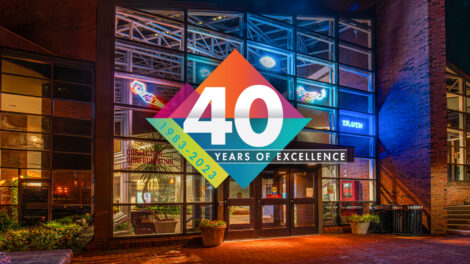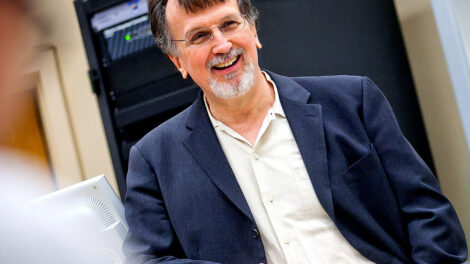The Lion’s Ear
By Bryan Hay
Equal parts impresario and priest, Pope Leo X could never shake his worldly impulses as a member of Italy’s powerful and art-loving Medici dynasty.
Leo spent lavishly on the performing arts, attracting composers, singers, and instrumentalists from across Renaissance Europe to the Vatican for performances, whether at secular public festivals or high liturgical ceremonies at the Sistine Chapel. An unabashed product of his temporal Medici bloodline, he is widely considered to have been one of the most generous arts patrons in European music history and has stood out among all popes, even the three Medici popes who came after him, for his love of music.
More than 500 years after his papacy, purposeful trans-Atlantic musical karma unfolded to help promote and reintroduce this great music that decorated Leo’s court.
In 2012, when Anthony Cummings, Eugene H. Clapp II ’36 and Maud Millicent Clapp Professor of Music, released his book The Lion’s Ear: Pope Leo X, the Renaissance Papacy, and Music (University of Michigan Press), the Swiss-based early music ensemble La Morra was also exploring the very same subject, with plans to record the music supported by Leo’s patronage.
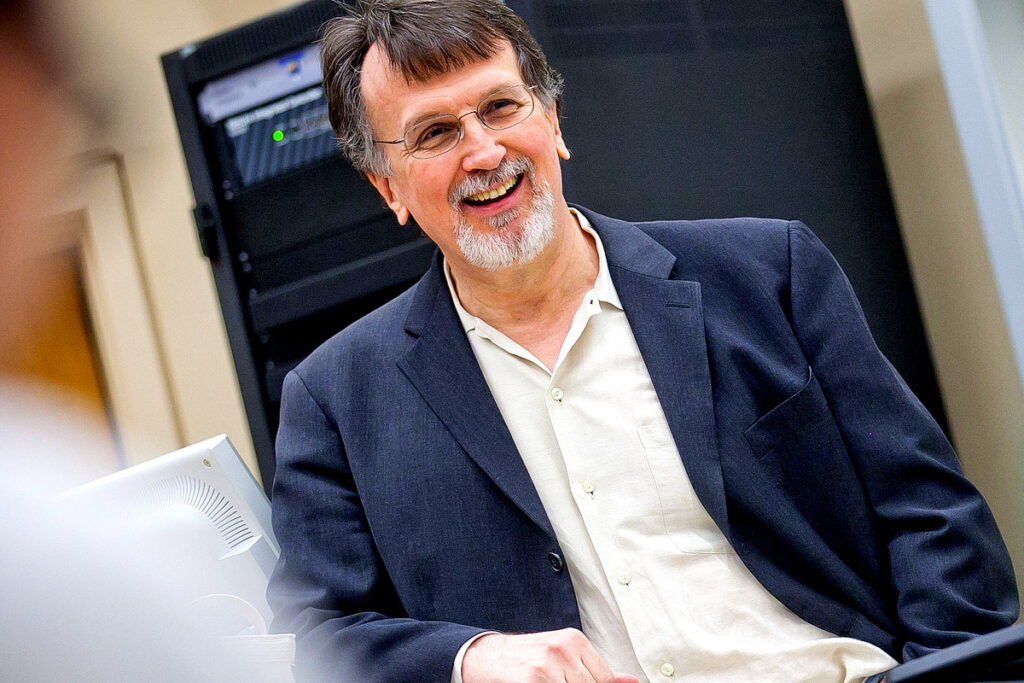
Prof. Anthony Cummings
A fruitful musical union was immediately born. Their partnership that year won the Noah Greenberg Award from the American Musicological Society for the best collaboration between an early music performing ensemble and a musicologist.
With viols, lutes, harpsichord, recorders, and voice, La Morra will celebrate its work with Cummings and bring Leo’s music back to life with a performance at 8 p.m., Feb. 28 in the main theater at Williams Center for the Performing Arts.
“This group saw my book advertised on Amazon and said, ‘Well, that’s an interesting coincidence. Wouldn’t it be nice to do a CD based on that?’” Cummings recalls. “This came to the attention of a mutual friend, who brought it to my attention. I wrote to them—I’d never met them before—and then it happened, this wonderful collaboration. And they’ve become very dear friends of mine.”
Before the introduction, La Morra had performed some initial concerts of Leo’s music and had a recording session looming, but felt that the program needed some rethinking to better represent the breadth of Leo’s musical interests.
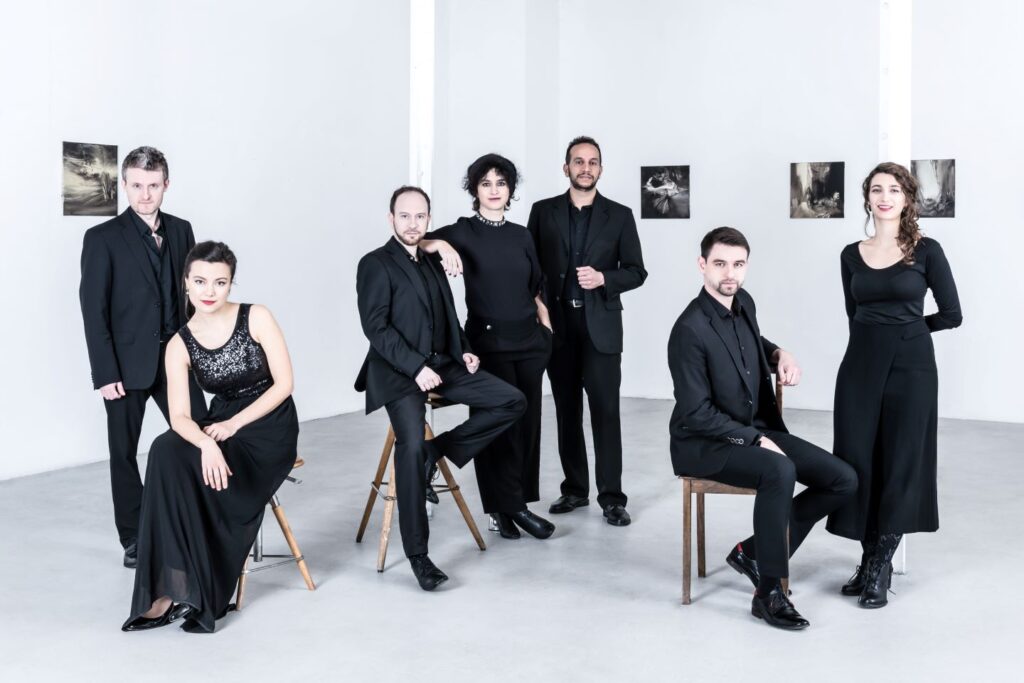
La Morra (Photo by Dirk Letsch)
“About the same time, Tony’s book on Leo, The Lion’s Ear, was published, and reading it greatly helped reshape the concept of the album, which, in the end, carries the same title as Tony’s book,” says lutenist Michal Gondko, founder and co-artistic director of La Morra.
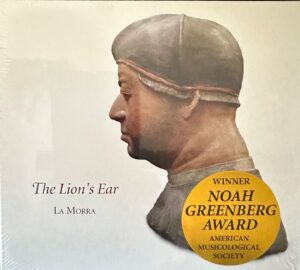
“We didn’t yet know each other personally, but common friends mentioned to him that we were working on a CD with his book in hand. Before long, we received an email from Tony, in which he asked if he could be of assistance,” Gondko says. “Thus began our partnership, which has so far resulted in two albums, first The Lion’s Ear and recently Music in Golden-Age Florence, both inspired by Tony’s books of the same titles.”
As distant as it may seem, the music Pope Leo X championed in the early 1500s has relevance for modern ears.
In conversations with his students, Cummings relays that early music is a way of entering a different world.
“It’s a different sound world, and it helps you time travel,” he says, describing how the more intimate, delicate sounds produced by instruments of the Renaissance don’t intrude on listeners in the way a large Mahler-size orchestra seizes the senses.
“This is music that Leo would have presented in secret spaces in the Vatican palace, not something that would be performed for a large audience,” Cummings adds. “You feel like you’re being invited into this very special company when you hear this music. And you don’t often get to hear a group of this stature performing this music.”
When approaching early music, Gondko takes a sweeping view of how culture is born over a long time.
“So, contemplating the past is important because it helps us understand who we are and how we reached the place in which we currently are. Arts enrich us as humans, regardless of the time in which the works were created,” he says. “We may use different senses to contemplate a painting by Leonardo da Vinci and a motet by Josquin des Prez.
“But, in the end, the aesthetic experience is very comparable and similarly enriching. For me, personally, the main takeaway from studying, performing, and listening to the music of the past is that it was created by humans who experienced the same emotions as humans of today,” Gondko says. “There is a school of thought in early music interpretation that advocates detaching oneself from emotions when interpreting this music, which I consider to be a fundamental misunderstanding.”
Even for classical music diehards, some of the composers on the program, including Leo himself, may not be familiar. But they came from royal and princely courts from all over Europe.
While Leo’s musicians were secular, he, as the head of Western Christendom, had to reflect the nature of the Roman Catholic Church as a religious institution.
“Having said that, Leo, as a true Medici, had a highly developed taste for the arts, and this differentiated him significantly from many of his predecessors and successors on the papal throne for whom music was an unnecessary vanity,” Gondko says.
In Leo’s times, rulers aspiring to true greatness cultivated fine music because it helped to express their elevated status.
“In his unusually lavish (for a pope) patronage of musicians and generous spending on music, Leo is not unlike a secular ruler,” he adds. “He had his musicians show off in front of important visitors and regularly enjoyed exclusive private performances of his musici segreti. On the other hand, he was a lover of and an avid supporter of sacred music.”
Musicians talented and lucky enough to work for Leo knew they had a coveted, good-paying gig paid for by an appreciative, devoted supporter, Cummings says.
“He had a lot of money, so that was an inducement. To work for the papal musical establishment was not only a great honor but also financially lucrative,” he says. “They knew that he was a very discerning patron. Working for him was very gratifying. Most of the patrons they would work for wouldn’t have been anywhere near as discerning as he was. Leo would close his eyes, and he would hum along, and he would just be totally lost in the music.”
Performing this early music for audiences across the globe is a source of happiness for the members of La Morra.
“It must be admitted that music, as a carrier of emotions, does allow a gaze into the souls of humans from the times past,” Gondko says.
Cummings’ students are constantly searching for how music, which is reanimated whenever it’s performed or studied, opens a portal into understanding past cultures.
“And my answer is it’s another kind of otherness,” Cummings offers. “We study other cultures to learn something about otherness and people who are different from ourselves. With this music, the different kinds of pitch relationships, rhythms, and instruments make time travel possible. When you hear the music, you know you’re not in the modern world.”
La Morra will reopen the doors to Leo’s private rooms and chambers, which were filled with the sounds of various instruments that often accompanied singing.
“It is the music from this context that we focus on in our program,” Gondko says. “Instruments we play—lutes, viols, harpsichord—were common in Leo’s time, and performances on them took place at Leo’s court all the time. We know the names of musici segreti who served Leo, but it is unlikely that they have all played and sung at the same time. Rather, they formed small groups, like viol consorts, lute duets, mixed consorts. Many were admired soloists.”
Reflecting on this golden age of music making, Gondko didn’t hesitate when asked point blank if the modern world needs patrons like Leo.
“Yes.”
Read more for ticket and additional information about La Morra’s Feb. 28 performance at the Williams Center.
